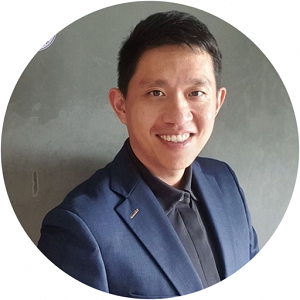Chapter 1: Assessing Team Members’ Readiness
[09:00 – 10:30]
Evaluate an individual’s skill level through observable actions and past performance
- Have the necessary skills been clearly identified for the task at hand?
- Distinguish between essential (“must-have”) and desirable (“nice-to-have”) skills
- Validate perceived competence with real, demonstrated ability
Assess the individual’s willingness and motivation
- Explore whether challenges stem from a lack of confidence or a lack of desire
- Understand what drives each team member—goals, values, or internal motivators
- Determine alignment between personal aspirations and team objectives
- Identify perceived obstacles or concerns that may hinder engagement or progress
Chapter 2: Effectively Apply Adaptive Leadership Strategies
[11:00 – 12:30]
Introduce a flexible leadership framework that aligns leadership approach to the team member’s task readiness
Explore four core leadership styles based on varying combinations of skill and motivation:
- Low Skill / Low Motivation – Provide clear direction and close supervision
- Low Skill / High Motivation – Guide with encouragement and structured support
- High Skill / Low Motivation – Collaborate to uncover blockers and re-engage commitment
- High Skill / High Motivation – Empower through trust and delegation
Examine the benefits and challenges of using an adaptive leadership approach
Practice designing personalized leadership responses for different development levels
Use the DISC personality framework to refine and tailor communication and influence strategies
Chapter 3: Strengthening Team Member Readiness and Motivation
[13:30 – 15:00]
Building Capability (Skill):
- Identify specific skill gaps and development areas
- Provide access to tools, training, or experiences that support learning
- Create a structured plan to equip team members with what they need to succeed
Boosting Motivation (Will):
- Understand what drives each team member—recognition, challenge, purpose, etc.
- Uncover and address fears, uncertainties, or limiting beliefs
- Craft individualized development strategies to build trust, clarity, and commitment
- Use personality insights (e.g., DISC) to tailor leadership and communication
Chapter 4: Sustaining a Culture of Growth and Development
[15:30 – 17:00]
Create actionable development plans that support ongoing growth
- Assess what each team member most needs right now
- Identify the first steps and timely actions to enable progress
Leverage Coaching and Mentoring as tools for long-term development
- Understand the distinct roles and benefits of coaching versus mentoring
- Apply the A-O-O-A Framework (Assess–Observe–Offer–Act) to guide structured coaching conversations


